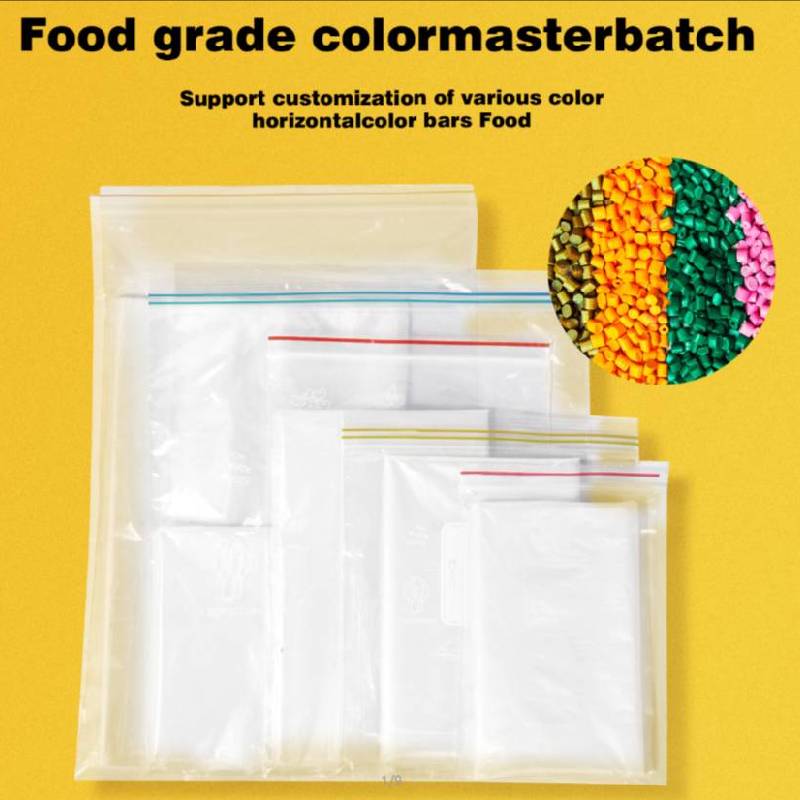Understanding the Benefits and Applications of Stretch and Shrink Film in Packaging
Understanding Stretch and Shrink Film Applications and Benefits
In the world of packaging and logistics, stretch and shrink films play a crucial role in ensuring the safe transportation and storage of goods. Manufacturers, retailers, and consumers all benefit from these versatile films, which are designed to provide protection, stability, and convenience. This article will delve into the characteristics, applications, and benefits of stretch and shrink films.
What are Stretch and Shrink Films?
Stretch film is a highly stretchable plastic film used to wrap around products. It is typically made from linear low-density polyethylene (LLDPE), allowing it to stretch significantly without breaking. Stretch film adheres to itself, creating a secure wrap around items, which keeps them tightly bundled together. There are various types of stretch films, including hand wrap and machine wrap, catering to different applications.
On the other hand, shrink film is designed to fit snugly around an item when heat is applied. It is commonly made from polyolefin or PVC materials. When heated, shrink film shrinks tightly around the product, offering a protective seal. Shrink film is often used for packaging individual items, promotional bundles, or even food products.
Applications of Stretch and Shrink Films
Both stretch and shrink films have extensive applications across numerous industries. In the shipping and logistics sector, stretch film is widely utilized to secure pallet loads. It prevents shifting during transportation, reducing the risk of damage. Retailers also use stretch film to wrap products on shelves, ensuring they remain intact until purchased.
Shrink films find their niche in various applications, such as bundling multiple items together, packaging toys, electronics, and food products. The shrink-wrapping process ensures that products are tamper-proof and visually appealing, which can enhance customer satisfaction and drive sales.
Benefits of Using Stretch and Shrink Films
stretch shrink film

1. Protection Both films provide excellent protection against dust, dirt, moisture, and physical damage. This is especially important during shipping, as products can encounter rough handling.
2. Cost-Effective Stretch and shrink films are an economical choice for packaging. They are lightweight, which helps reduce shipping costs, and their durability means that fewer films are needed over time.
3. Versatility These films can be used for a variety of products, from small items to large pallets, and can easily adapt to fit different shapes and sizes.
4. Enhanced Display Shrink films allow for eye-catching displays, especially for retail products. The clear and glossy finish enhances product visibility, making items more attractive to consumers.
5. Environmental Impact Many manufacturers are developing biodegradable and recyclable films. This focus on sustainability helps companies meet environmental regulations and appeals to eco-conscious consumers.
6. Ease of Use Stretch wraps are simple to use, with manual and machine options available. Shrink films are also user-friendly, typically requiring a heat source and a little practice to master the technique.
Conclusion
In conclusion, stretch and shrink films are indispensable tools in modern packaging and logistics. Their protective qualities, cost-effectiveness, versatility, and ability to enhance product display make them favorable options for businesses across multiple sectors. As technology advances, the development of more sustainable films will likely make these packaging solutions even more appealing in a world increasingly focused on environmental responsibility. Whether used individually or in combination, stretch and shrink films will continue to play a vital role in packaging and shipping logistics for years to come.
-
The Best Uses for Small Trash Bags in Daily LifeNewsJul.01,2025
-
Stylish Reusable Grocery Bags TrendsNewsJul.01,2025
-
Shipping Advantages of Using Bubble Envelopes BulkNewsJul.01,2025
-
How Compostable Mailing Bags Reduce Environmental ImpactNewsJul.01,2025
-
Environmentally - Friendly Bulk Poly MailersNewsJul.01,2025
-
Eco Friendly Custom Laminated Tote BagsNewsJul.01,2025
-
Have the freedom of customizing your custom mailers any way you want! Our dedicated packaging support will help deliver you the mailing experience you need to elevate your shipping experience to the next level! Start making a strong impression on your customers and stand out from your competitors! -
LIYA uses high quality raw materials which directly purchased from large enterprises domestic and overseas such as PetroChina, Sinopec, Sabic, Equate, ExxonMobil, Dow Chemical, Total, and Borouge, ensuring the price advantage and quality of the raw materials. -
LIYA uses high quality raw materials which directly purchased from large enterprises domestic and overseas such as PetroChina, Sinopec, Sabic, Equate, ExxonMobil, Dow Chemical, Total, and Borouge, ensuring the price advantage and quality of the raw materials.





